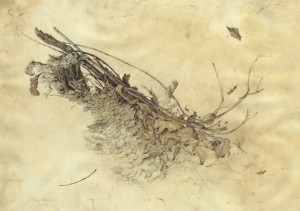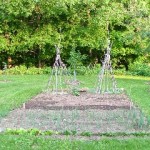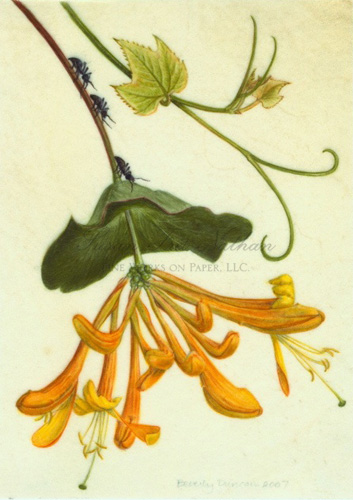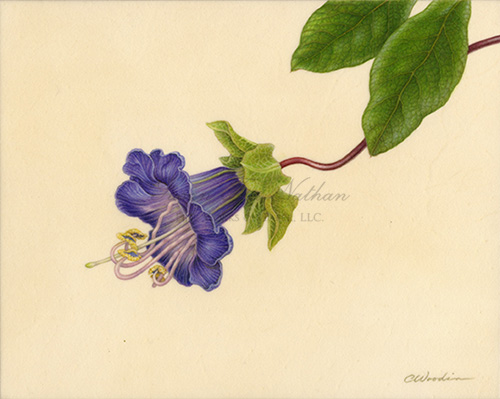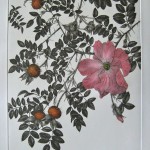Fifty spectacular examples of contemporary botanical art by the finest painters in the world are currently exhibited at the Reeves-Reed Arboretum in Summit, New Jersey. Aside the paintings are magnifying glasses for closer inspection of the flawless dry-brush watercolor technique. The works embody the stylistic interpretation unique to the artists, mostly sharing knowledge of the plant in a classical plant portraiture manner with supreme elegance. Shown in an historic estate on the Arboretum grounds with beautiful gardens unfolding around it, an ideal place to view botanicals both painted and alive.
-
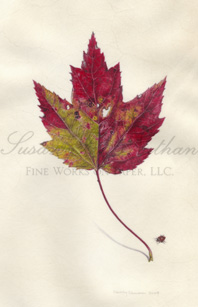
-
Recent Posts
Categories
Archives
- February 2024
- January 2024
- November 2023
- July 2023
- August 2022
- February 2022
- November 2021
- May 2021
- March 2021
- January 2021
- December 2020
- November 2020
- October 2020
- August 2020
- March 2020
- January 2020
- November 2019
- March 2019
- January 2019
- October 2018
- May 2018
- April 2018
- March 2018
- February 2018
- January 2018
- September 2017
- August 2017
- June 2017
- May 2017
- April 2017
- February 2017
- January 2017
- December 2016
- November 2016
- August 2016
- June 2016
- May 2016
- April 2016
- February 2016
- December 2015
- October 2015
- May 2013
- February 2013
- October 2012
- June 2012
- May 2012
- April 2012
- January 2012
- November 2011
- July 2011
- June 2011
- May 2011
- March 2011
Meta
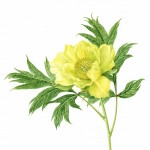
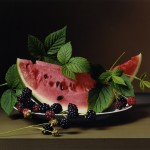
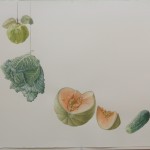
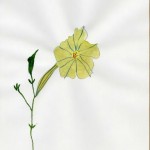
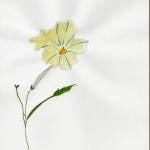
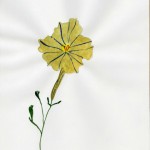
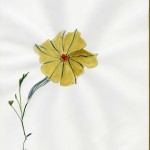
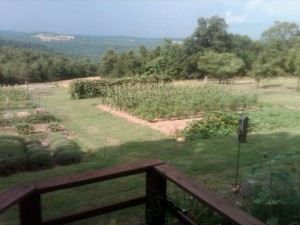
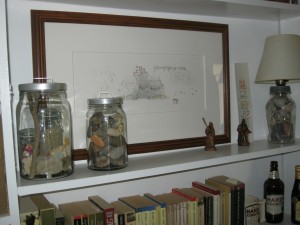
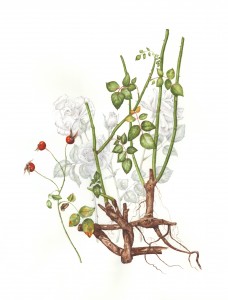 Lately I’ve admired the work of Patricia Luppino, a botanical artist from New York. Her pencil and watercolor pieces capture nature at its most beautiful and vulnerable. She recently asked me for a portfolio critique where we moved into a lengthy discussion the motivation behind her stylistic interpretations. Here’s what she shared with me:
Lately I’ve admired the work of Patricia Luppino, a botanical artist from New York. Her pencil and watercolor pieces capture nature at its most beautiful and vulnerable. She recently asked me for a portfolio critique where we moved into a lengthy discussion the motivation behind her stylistic interpretations. Here’s what she shared with me: